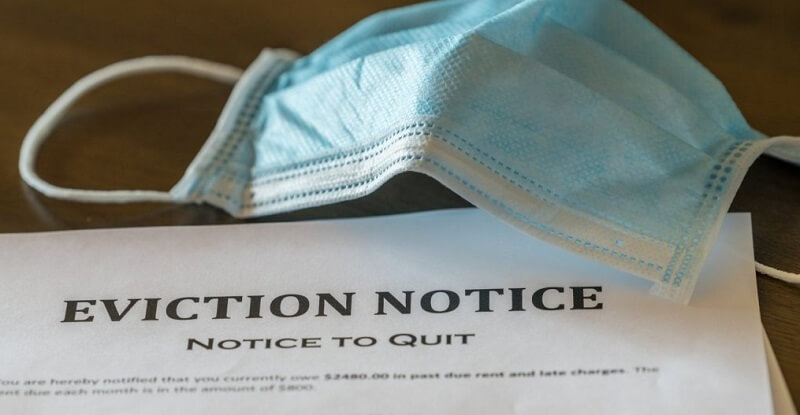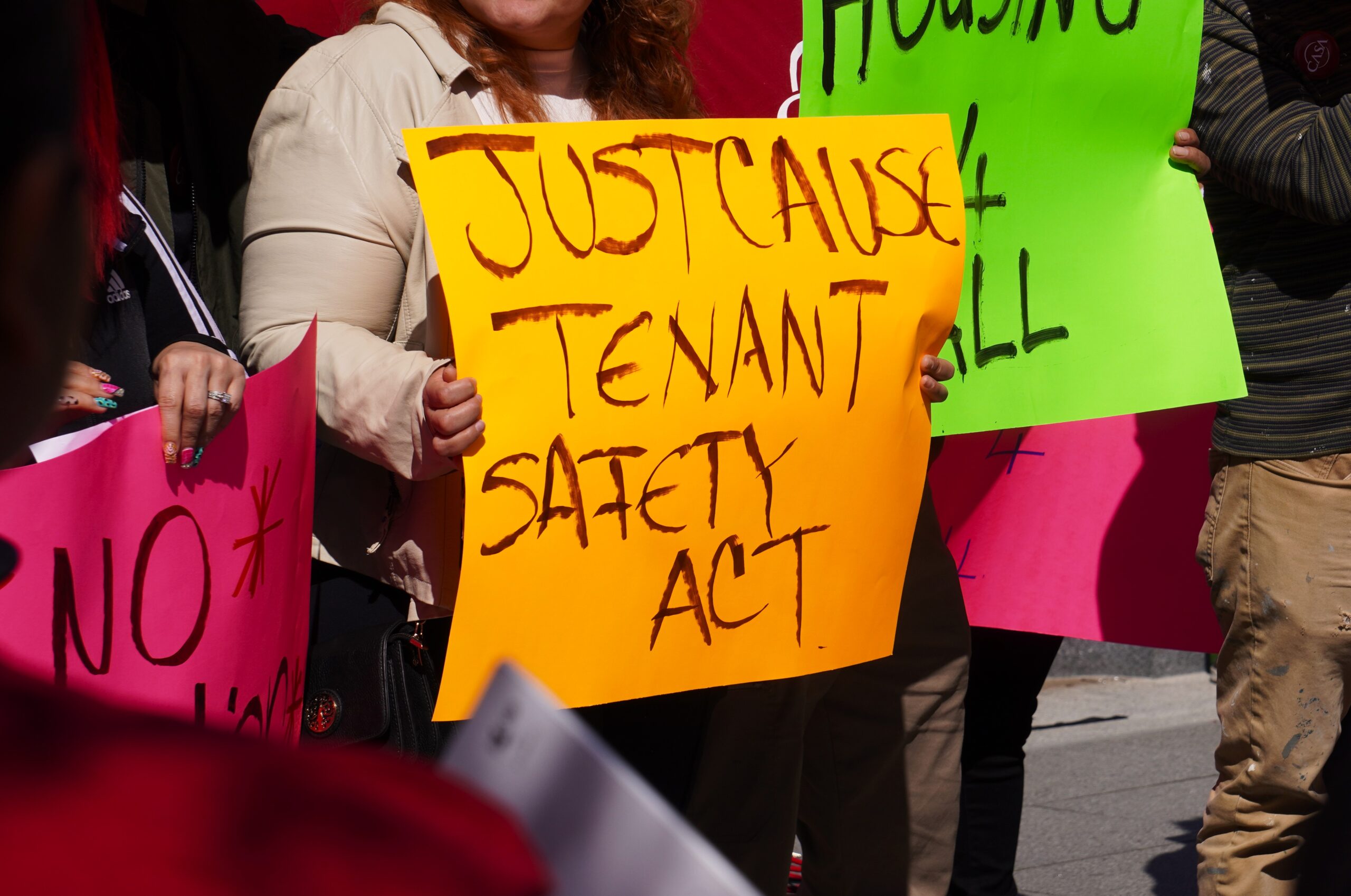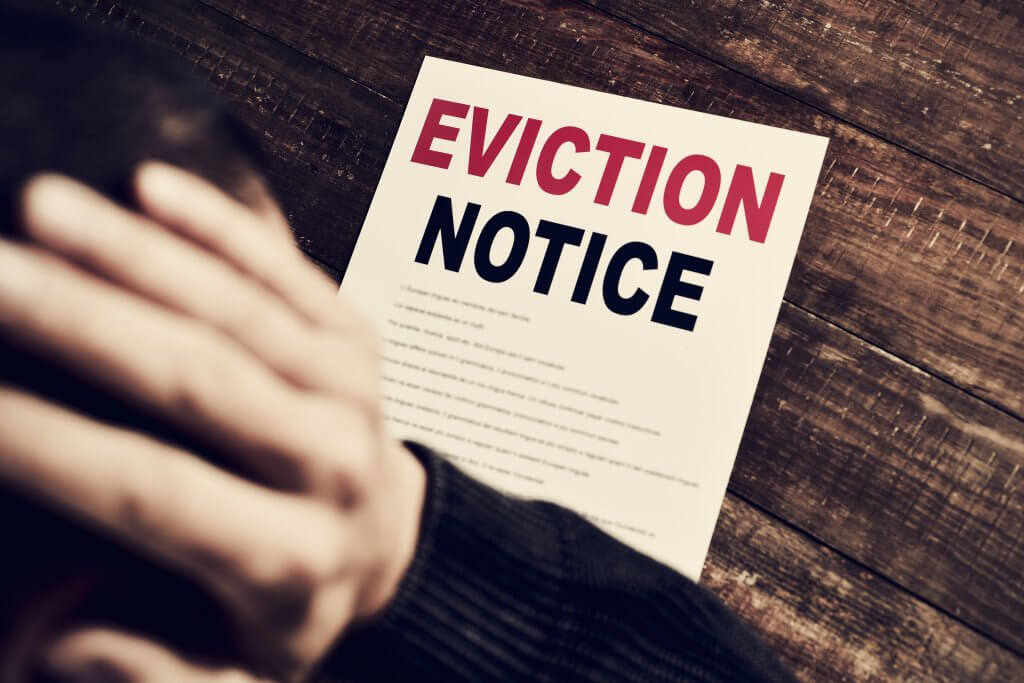
By Joseph DiMaggio
The writer is executive director of the Baltimore Real Estate Investors Association.
In early 2020, tenant lobbyists began to warn of an imminent eviction tsunami that could cause as many as 100,000 evictions and decimate Maryland’s economy. That tsunami never arrived.
Even as evictions remained at historical lows into 2021, predictions of an eviction tsunami reached a crescendo in Annapolis during the state legislative session. Stoking fears of a tsunami became the most popular method to push extreme and unprecedented housing policies that would have exponentially inflated rent prices and decimated affordable housing across the state.
Despite dire predictions, the eviction tsunami never materialized. Throughout the pandemic, evictions have remained significantly lower than pre-pandemic numbers. The most recent data from Maryland’s District Court shows that evictions declined by 60% from July to September compared to the same pre-pandemic timeframe in 2019. Tenant lobbyists once again offered doomsday predictions after the state and federal eviction moratoriums concluded in August, but those predictions also failed to align with reality. The number of evictions in September was the lowest since April and declined by 59% compared to September 2019.
Baltimore City was predicted to be the center of the tsunami but evictions in that jurisdiction have also remained low throughout the pandemic. In fact, the city has recently seen a sharper drop in evictions than the state — a 62% decline from July to September compared to the same timeframe in 2019.
Perhaps more impressively, warrants of restitution required for an eviction to take place in Baltimore City declined by more than 87% in September compared to September 2019.
Notwithstanding difficulties with rental assistance, both Baltimore City and Maryland have experienced a significant reduction in eviction filings, eviction warrants and actual evictions since the beginning of the pandemic.
According to the National Association of Realtors, individuals are the main types of owners of rental housing, accounting for 41% of all rental units. Those individual housing providers include families that manage their own properties, couples that derive retirement income from a few properties, and individuals that have utilized rental properties to establish equity in their community. Those housing providers have played a critical role in the eviction decline.
Instead of focusing on archaic policies that would exacerbate Maryland’s existing affordable housing crisis, housing providers were busy working with nonprofit and government stakeholders to develop a unique rental assistance program that has benefitted Maryland. Housing providers have expended extraordinary amounts of their own resources to help residents apply for rental assistance, avoid eviction and keep Marylanders housed. In addition to providing computers and other resources to connect residents with assistance, housing providers have worked late nights and managed thousands of cases to ensure that residents receive the assistance they need.
In addition to the relentless contributions of housing providers, predictions of an eviction tsunami neglected to account for Maryland’s court processes, which have created a de facto eviction moratorium.
While Maryland law provides residents with the right to pay unpaid rent at any time prior to eviction, further staving off evictions, the court process has become extraordinarily time consuming. For example, the time between an eviction filing and an eviction hearing in Baltimore City is longer than six months. In Prince George’s County, that timeframe extends to more than 10 months and has resulted in November trials for filings that took place last January. The time between a court filing and an eviction may be longer than a year.
The federal government provided Maryland with more than $800 million in rental assistance. Historically, 98% of eviction filings in Maryland are a response to unpaid rent. With significant delays in the court process, local jurisdictions have ample opportunity to connect residents with rental assistance, which will resolve the vast majority of cases. Additionally, the U.S. Treasury Department released updated guidance designed to expedite the allocation of rental assistance to residents.
Since local governments are able to adapt their programs to Treasury guidance, rental assistance should be allocated more expeditiously moving forward. Rental assistance has contributed to Maryland’s decline in evictions, and as programs increase the speed at which residents receive rental assistance, Maryland eviction numbers should remain low.
In spite of predictions to the contrary, evictions in Maryland have declined precipitously due in no small part to the work of a diverse group of stakeholders that includes housing providers. Maryland has demonstrated that with communication and engagement, instead of a fixation on unrealized predictions and antiquated housing policies, we can come together to keep residents in their homes.





 Creative Commons Attribution
Creative Commons Attribution